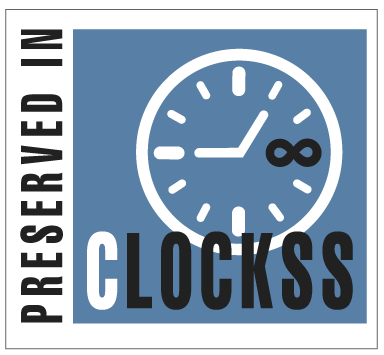Abstract
Osteoporosis is a disease characterized by a low bone mass that increases the risk of fracture. The dual energy X-ray absorptiometry (DXA) bone densitometer is considered as the gold standard to measure bone mineral density (BMD). In Syria, the DXA is costly, not widely available and coupled with a strong reluctance among patients concerning exposure to ionizing radiation. On the other hand, several recent studies found that Quantitative Ultrasound (QUS) is useful in diagnosing osteoporosis and giving accurate information about the qualities of bone. This study aims to design and implement a portable ultrasound bone densitometry to measure BMD. The device is portable (0.4 kg), much less expensive and does not have any harmful effect of ionizing radiation. The device contains a pair of ultrasound transducers HC-SR04 to send and receive ultrasound waves through the bone. The received signals were amplified and digitally recorded using the Arduino platform. The device was designed using a pre-designed model using CAD software, with wild range motion so it could be appropriate for many patients of different ages. The device was tested on many healthy individuals and patients of different sexes, aged 18–85 years, and also calibrated and validated with a known BMD value supplied by the DXA bone densitometer. The results demonstrated that our device is sensitive enough to distinguish between healthy and patient individuals by using low-cost instruments. Accordingly, the proposed device may have a good opportunity in the future to be considered an effective low-cost portable bone densitometer.
Keywords
Arduino, Bone Mineral Density, Osteoporosis, Portable densitometer, Ultrasound
Article Type
Article
How to Cite this Article
Massoud, Saleh; Ruqiah, Mohammad; Ismaiel, Ebrahim; Ahmad, Ahmad S.; and Motawej, Fadi
(2024)
"Designing and implementing a portable ultrasound bone densitometer,"
Baghdad Science Journal: Vol. 21:
Iss.
5, Article 16.
DOI: https://doi.org/10.21123/bsj.2023.8539








